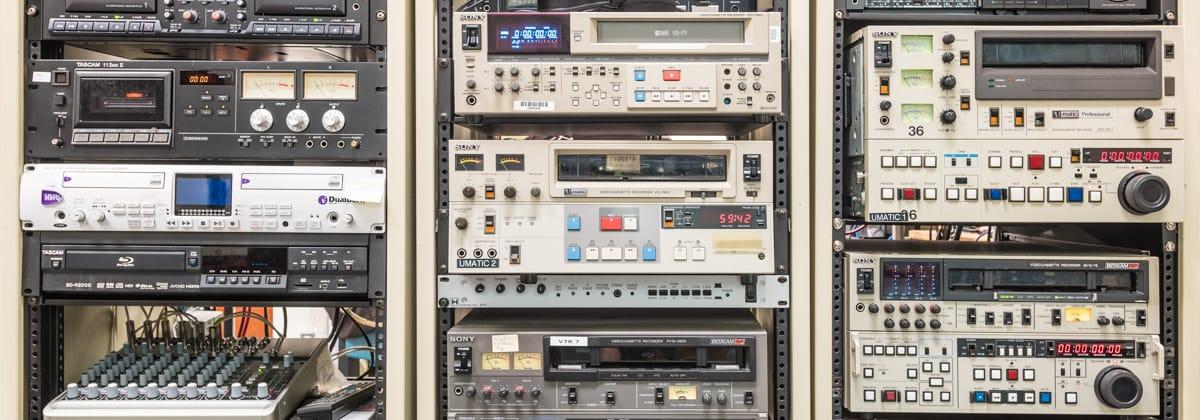
Modernization
Learn more about government’s intention to modernize the museum to protect our historic holdings and provide better access to our collections.

Digitization is an important part of our work at the BC Archives. Our digitization program aims to provide greater access and ensure the long-term preservation of the millions of valuable records in our holdings.
Digitization is a time-consuming and complex process that requires much consideration. To ensure our digitization program is efficient, effective and responsible, we identify priority records and assess them before we even begin the digitization process.
Records are selected for digitization based on the priorities of the Royal BC Museum and Archives.
Our priorities for digitization include
We may consider digitizing records at the request of clients, if the request aligns with the above-mentioned priorities.
Before digitizing a record, preservation and archives staff physically assess it and study its documentation to determine whether digitization is possible.
In their assessments, staff consider the following:
Digitization may include scanning or photographing records, or transferring content from obsolete media to the newest available formats.
At least two digital copies of the records must be created: a high resolution copy for long-term preservation and a lower resolution copy for access. Staff ensure that the appropriate identification, descriptive and copyright metadata is captured and linked to the digital object to ensure it is contextualized.
Once digitization is complete, the digital copies are assessed to ensure they are complete and accurate. These copies are then stored on our internal servers. The preservation copies must be maintained in perpetuity as these versions may be required to replace the originals if the originals are unstable or deteriorating. Digitization is an ongoing process, as it involves migrating outdated electronic files to the newest digital formats to ensure the files remain readable.
When possible, records are uploaded to one of our online repositories. Due to legislative, donor or copyright restrictions, some digitized records cannot be made publicly available. If the records cannot be made available online, they may be available at our onsite kiosk in the reference room or may need to be requested through our privacy office.
In certain instances, we partner with other institutions that then digitize our collections and make them freely accessible online. You can access these collections through External Links.
If you are thinking of digitizing your personal records, here are some online resources available to you:
To learn more about digitization practices, read the articles below: